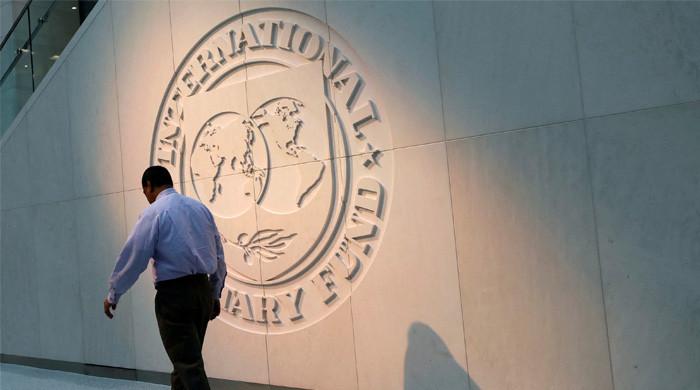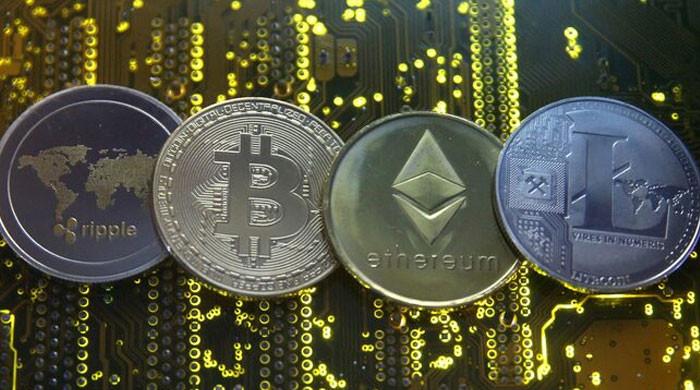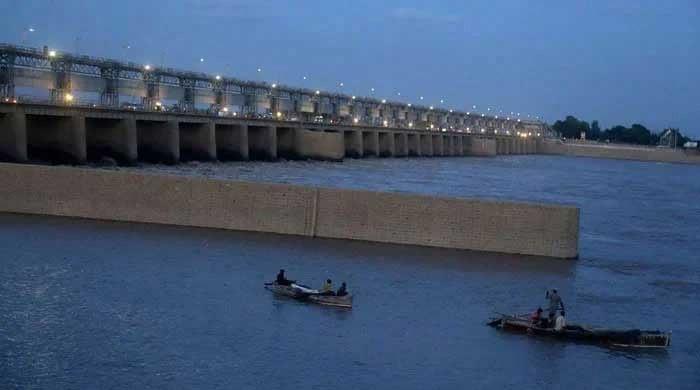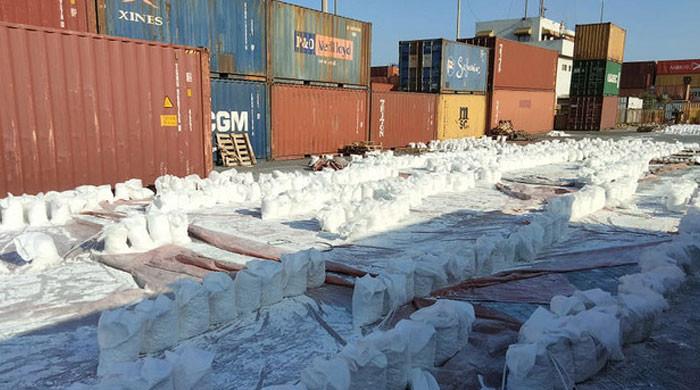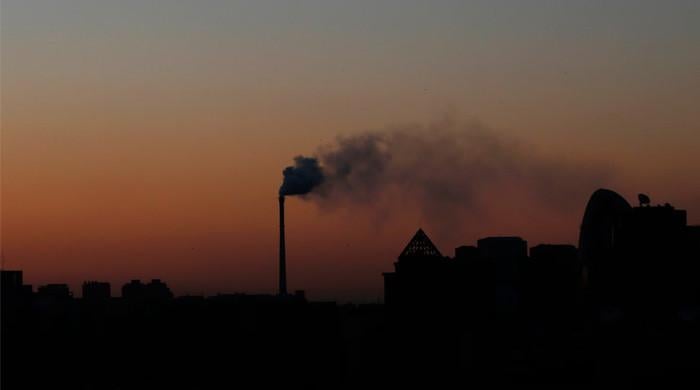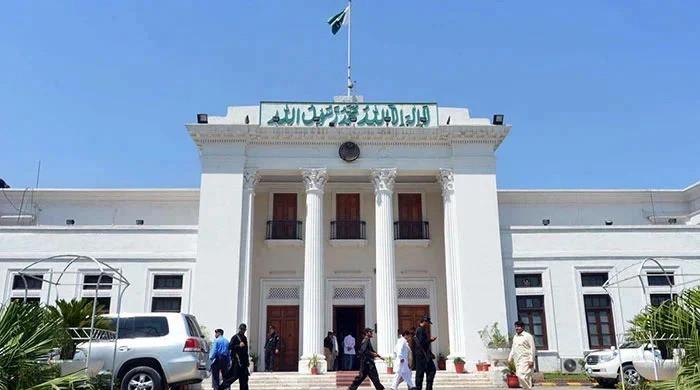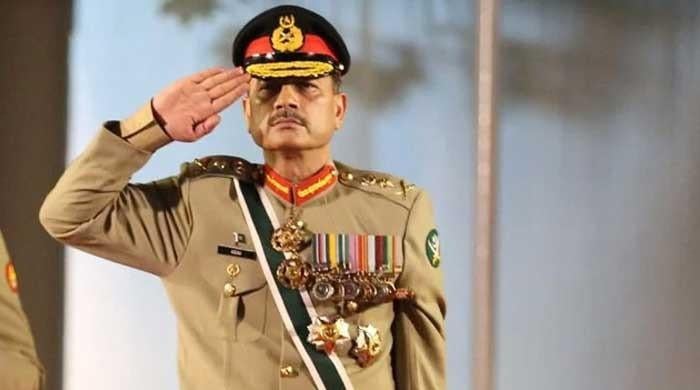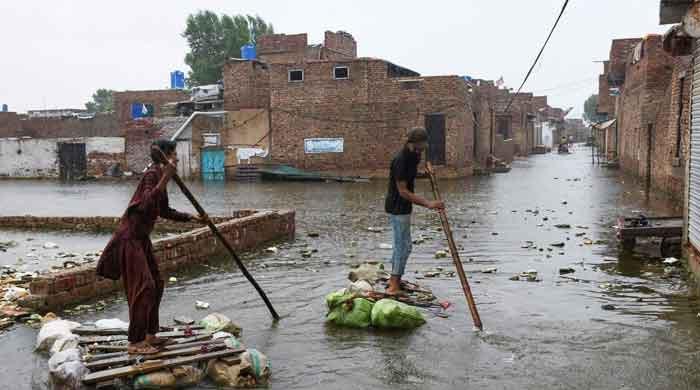Narendra Modi’s August 5 (mis)adventure
What pushed him to take that route may become known in due course, but the action remains moot in its efficacy and impact
August 05, 2020
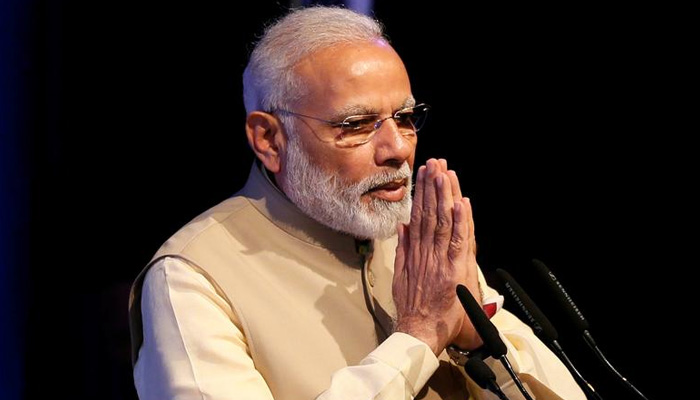
In classical terms, what Indian Prime Minister Narendra Modi ended up doing on August 5, 2019, by revoking Article 370 was a geopolitical conundrum.
What pushed him to take that route may become known in due course, but the action remains moot in its efficacy and impact.
Modi may have been led towards this route by a suggestion which considered that an economic turn-around and engagement of the people of occupied Kashmir will wean them off the notion of ‘azaadi’ (independence).
But facts have proved to be the opposite.
Modi has had to shut the former state down with force for fear of political repercussion to Indian excesses. As a consequence, the economic activity has simply died away and occupied Jammu and Kashmir remain a barricaded jail.
The Indian prime minister pushed through his appointed governor as a resolution to annul Article 35A, which permits non-Kashmiris to purchase land. In doing so the Indian prime minister may have hoped to enable Indian entrepreneurs to invest with freedom. But, instead, it turns out neither has that delivered any stability nor the possibility of investments.
The environment remains tenuous. Kashmir has, since the past year, been robbed of any social or economic activity. Most businesses rely heavily on technology but with the closure of communication facilities, and particularly 4G throughout the state for its eight million inhabitants, it means that occupied Jammu and Kashmir is not only a physical prison but a virtual one too.
Modi has now become a victim of his own rhetoric. He was so bowled over with his own perceived success in his first term that he ventured far past what was rational.
Article 370, now hollowed out over decades, was a reasonable sham for India to keep face in front of the international community. Then, Modi blew that cover. He has shut the Kashmiris out now for a full year without a voice.
Modi thought Pakistan would acquiesce under the momentum of India’s rhetorical rise as a global player. India’s assumed role as a counter-balance to China, and being inducted as a symbol of recognition with the US renaming its Pacific Command as the USINDOPACOM, could not hold against Pakistan’s stout defense of its rights.
The Kashmiris have fought against Indian repression for a long time. Despite the curbs, those joining the ranks of freedom-fighters stand at the highest today since August 5, 2019. And the saga of Burhan Wani continues to light the path to freedom for the following generations.
One way out for India is if it engages Pakistan to negotiate a settlement. Even though the act of abrogating Article 370 was intrinsically injurious and inflaming, India can only come out of it through dialogue with Kashmiris and with Pakistan.
India and Modi have bitten far more than they can chew. The flame of freedom will only get intense from here on, and Pakistan and China will now assert their right of intervention to support those who suffer. India has imposed on itself a two-front state of kinetic engagement.
No amount of Rafales or any other Gizmo can help alleviate this self-inflicted injury.
There is a need now for creative thinking and some positivity to turn this strategic misstep of Modi into an abiding gain for the region.
At the moment, there are four parties involved in the process of resolving this muddle– India, Pakistan, Kashmir, and now thanks to Modi’s geostrategic blunder in Ladakh, China.
Keeping in view all strategic exigencies, this is also a unique opportunity to bury the past and build a future. However, it will need women and men of substance to take the path less travelled.




